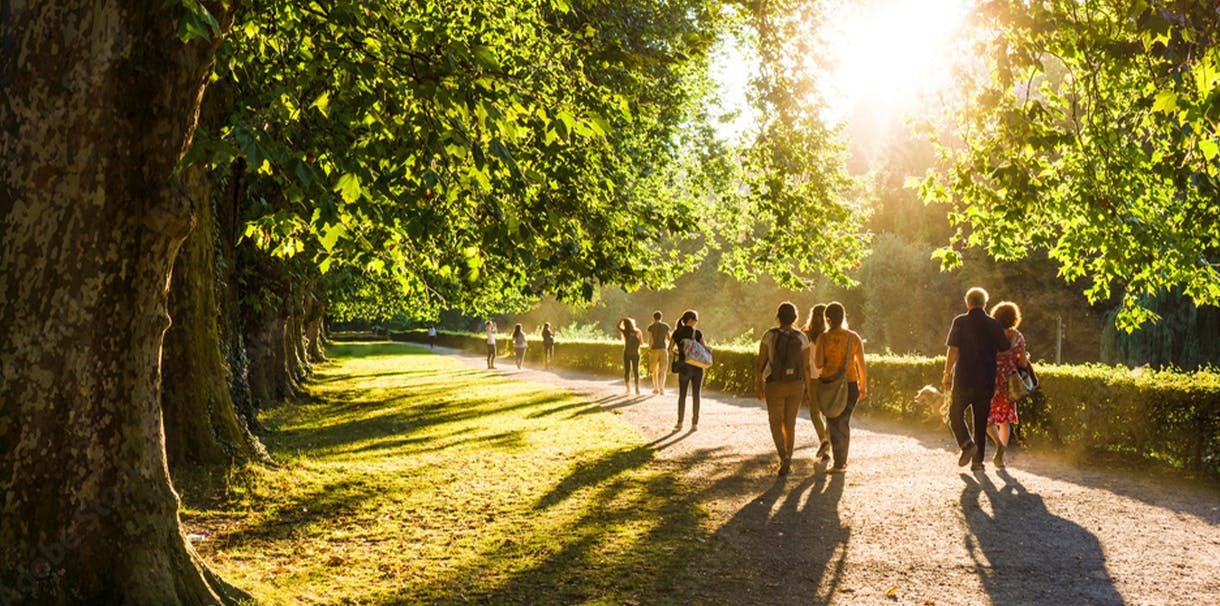Parks and public spaces are crucial for community-building, mental health, and recreation. However, women experience these spaces differently than men due to economic, social, and safety-related challenges. For women - especially those from marginalized groups such as women of colour, 2SLGBTQIA+ individuals, Indigenous women, and women with disabilities, parks can feel inaccessible or unsafe. To create inclusive public spaces, we need to understand these unique needs and adopt intersectional approaches to park planning.
Women make 89 cents for every dollar men make, which may impact their ability to live near green spaces or access park facilities. Women may need to work more frequently than men, limiting their time for leisure activities or their ability to access programming in parks.
Women are nearly four times more likely than men to experience sexual assault, making them hypervigilant in public spaces. Parks may lack surveillance and adequate sightlines, lighting, and signage, which may discourage women from accessing them.
Transportation also acts as a barrier for women to access parks. Women are more likely to use public transportation than men, and inadequate transit infrastructure or transit schedules and routes that don’t align with their needs may make it difficult to visit parks. They may be further discouraged from accessing parks if it involves navigating unfamiliar spaces that don’t feel safe.
The ways women use public space is also shaped by their caregiving responsibilities. Women often care for children or dependent adults and rely on the availability of public washrooms, and areas where children can play under easy supervision. Insufficient seating and poorly designed paths can also limit their ability to travel with companions or comfortably spend time in these spaces if they face mobility or accessibility challenges.

Recommendations for gender-inclusive parks
Honour different ways of knowing
Planners have the privilege to influence our built environment and are responsible for ensuring these spaces reflect the needs and aspirations of the community. Engaging women and marginalized groups in the planning process is essential in making women feel heard and empowered to use parks and public space. Their concerns and values should be represented in decision-making about park design and programming.
Address accessibility to parks and within parks
Parks should be conveniently located along transit routes and near-daily amenities such as schools, workplaces, grocery stores and daycares to enhance accessibility for families and caregivers. Parks can also be made more accessible by incorporating crosswalks, bus stops, mobility infrastructure, bike-sharing stations and bike racks, and active transportation routes to accommodate different modes. Within parks, handrails and ramps can be used to support users with limited mobility, and designing a variety of paths—such as wide, accessible routes for wheelchairs, strollers, and pedestrians—ensures that people of all abilities can comfortably navigate the space.
Increase comfort
Creating comfortable and welcoming spaces further enhances inclusivity. Shaded areas, windbreaks, and a variety of seating options and gathering spaces, including picnic areas and fireplaces, can encourage social interaction and foster community connection. Public washrooms should be open year-round, gender-inclusive, and conveniently located near playgrounds to accommodate caregivers. Additionally, parks can support diverse users by incorporating electrical outlets for wheelchairs, e-bikes, and personal devices.
Introduce safety measures
To ensure all users feel secure, parks could schedule programming at different times of the day to increase the number of users or “eyes on the street” and install cameras and emergency call stations. Creative lighting solutions, along with landscaping elements like lower hedges and clear signage indicating entry and exit points, can also help reduce the risk of harassment, making parks more inviting for everyone.
Activate park spaces
Community gardens, orchards, and edible landscapes can promote food security while providing opportunities for social connection and programming. Free and inclusive activities—such as women’s sports leagues and cultural events—help ensure that parks serve a wide range of interests and demographics. Parks should also offer recreation amenities for teenagers and all-season activities to encourage year-round engagement.
Incorporating these design considerations can transform parks into spaces that are vibrant, accessible, and reflective of the diverse communities they serve.




